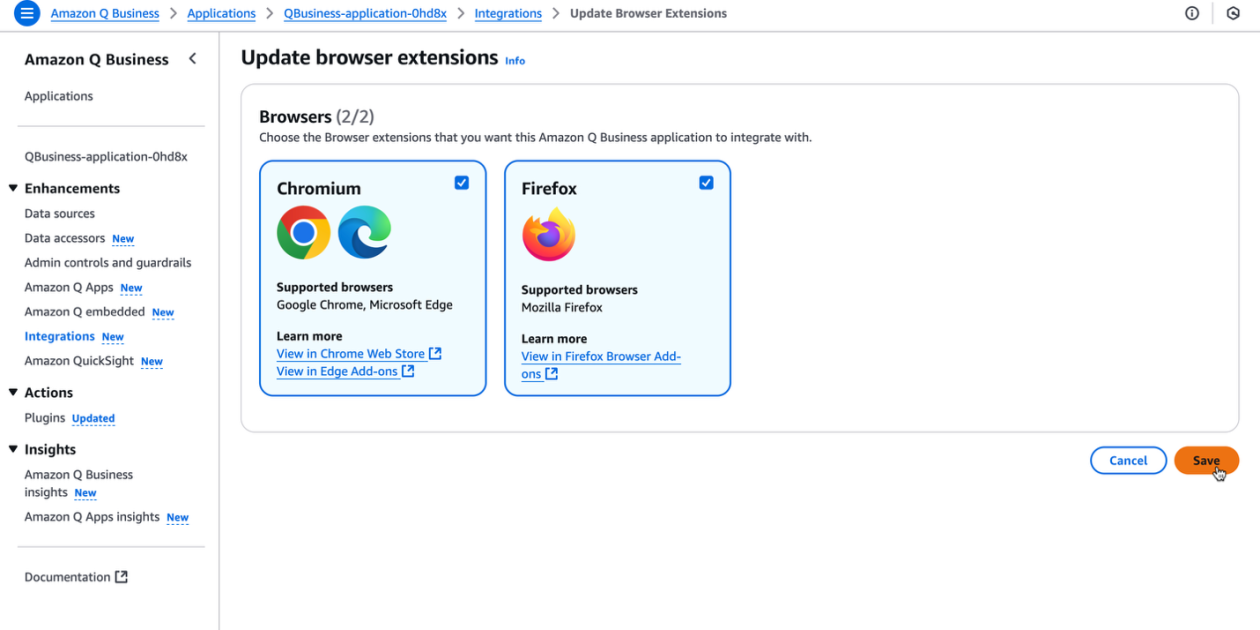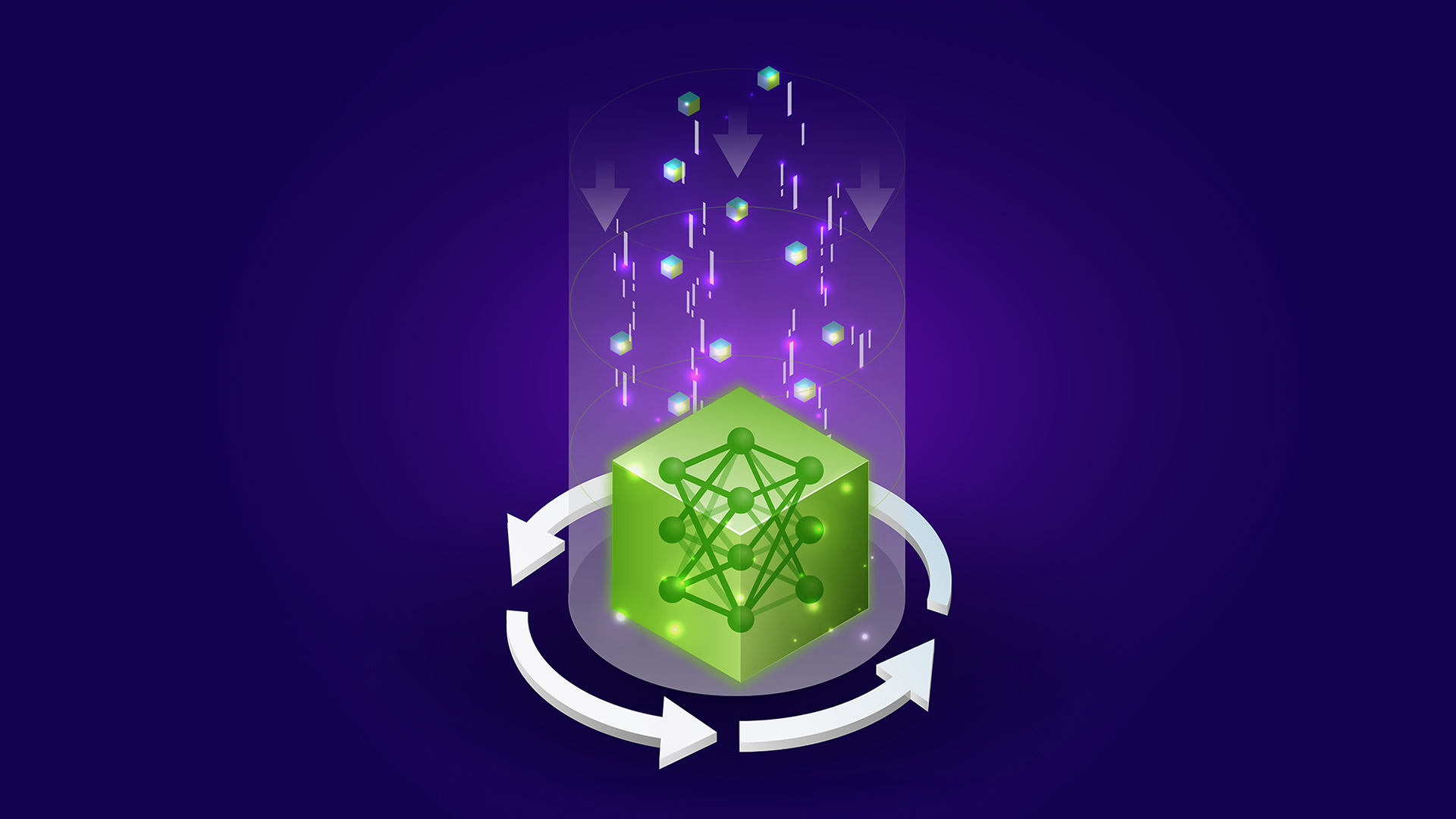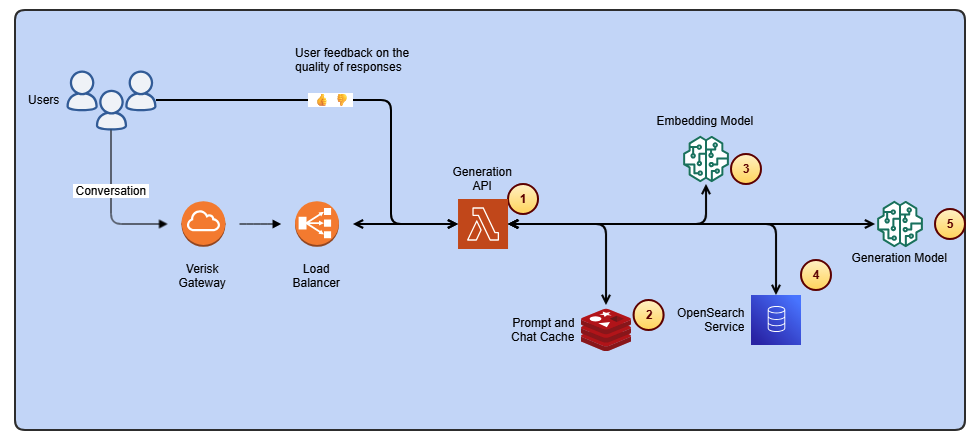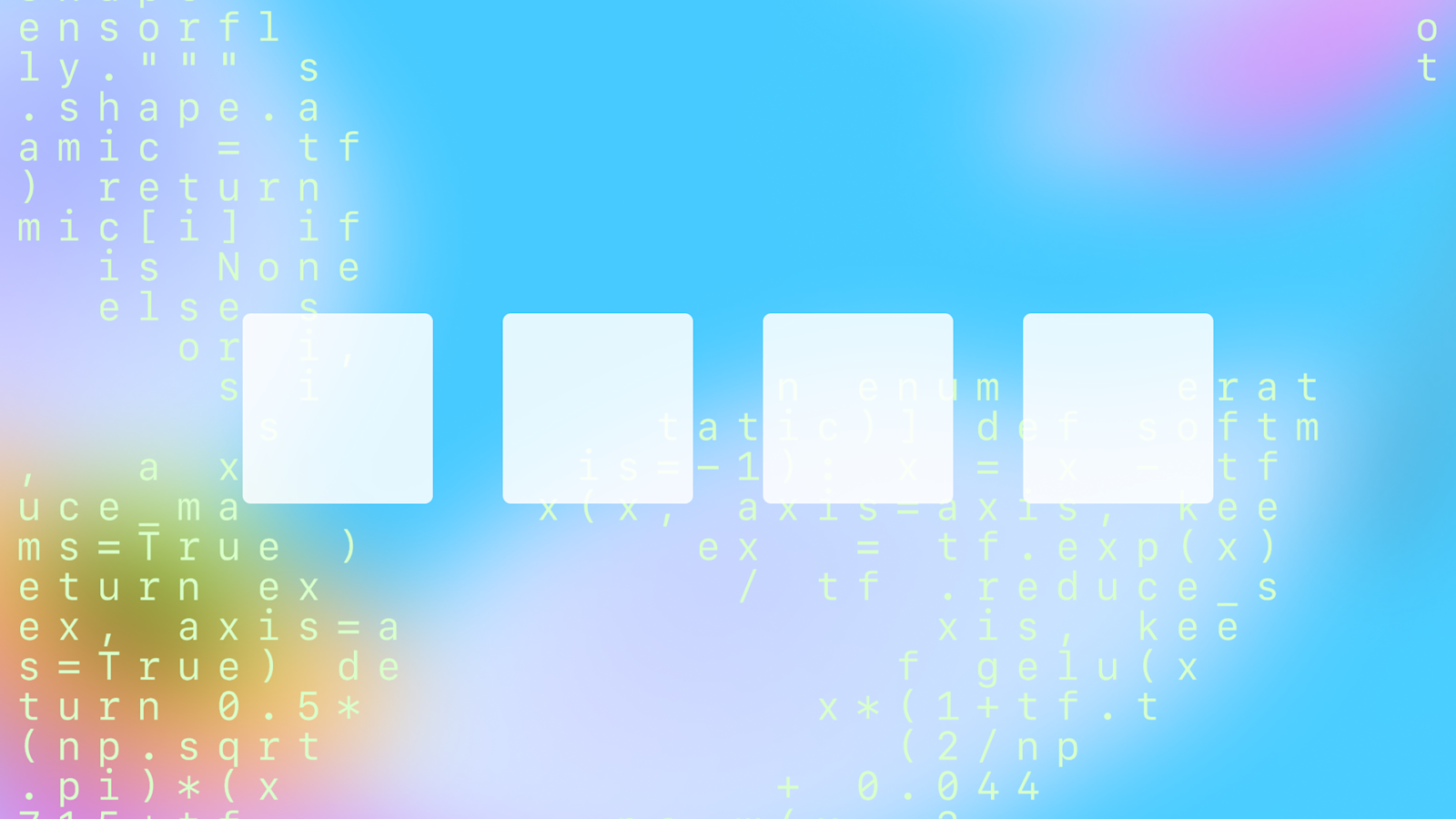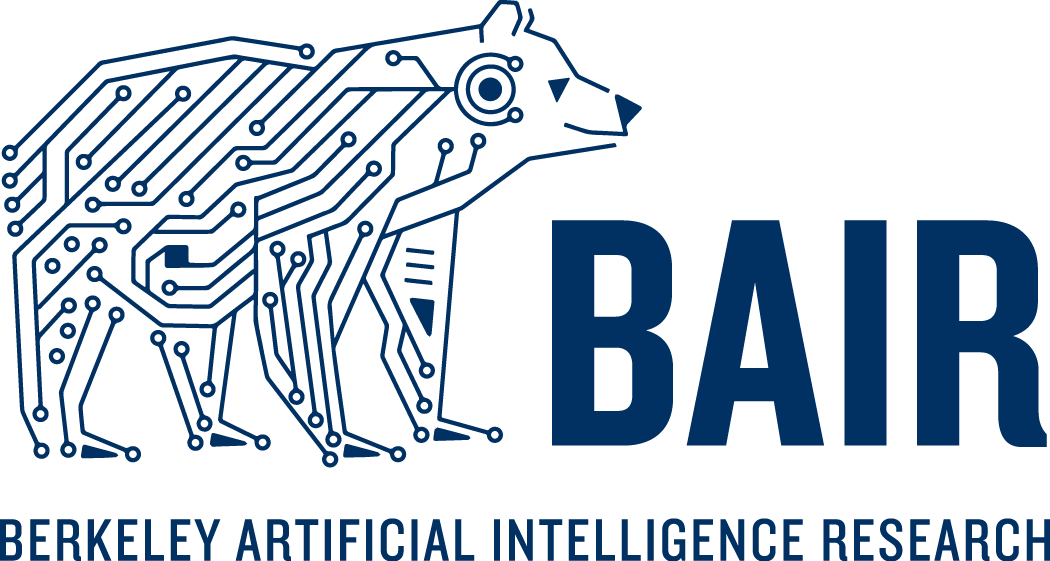
2024 BAIR Graduate Directory: Profiles of Berkeley AI PhD Graduates
Sources: http://bair.berkeley.edu/blog/2024/03/11/grads-2024
TL;DR
- The BAIR Lab celebrates its 2024 PhD graduates spanning core AI domains such as machine learning, robotics, NLP, computer vision, and security.
- The directory provides detailed profiles including names, emails, advisors, research blurbs, and direct links to personal websites for collaboration or recruitment.
- Notable examples in the excerpt include Abdus Salam Azad (RL environments and LLM-based autonomous agents) and Alicia Tsai (theory of deep implicit models and optimization), among many others.
- The page serves as a resource for academic institutions, research organizations, and industry leaders seeking to recruit or collaborate with the newest AI pioneers.
- The BAIR directory links to dozens of graduate pages and external sites to facilitate outreach and engagement.
Context and background
Berkeley Artificial Intelligence Research (BAIR) Lab routinely graduates a cohort of PhD researchers who push the frontiers of AI and machine learning. The 2024 directory is positioned as a practical resource for universities, labs, and industry partners to discover and connect with BAIR’s newest AI pioneers. The directory underscores BAIR’s breadth, highlighting research areas from deep learning and robotics to natural language processing and security. The official page hosting the directory is available at the BAIR site: http://bair.berkeley.edu/blog/2024/03/11/grads-2024/.
What’s new
The 2024 graduates directory catalogs a diverse set of BAIR PhD graduates, their advisors, and their research blurbs, along with contact information and external links. This year’s profiles emphasize both the breadth of BAIR’s research and the practical avenues for collaboration, including industry-facing roles and academic positions. The public availability of these profiles mirrors BAIR’s aim to facilitate recruiting and collaboration.
Why it matters (impact for developers/enterprises)
- Facilitates talent scouting: Companies and research organizations can identify graduates whose work aligns with current projects in ML, robotics, NLP, or CV.
- Accelerates collaboration: Direct links to personal sites and emails streamline outreach for internships, postdocs, faculty hires, or joint projects.
- Demonstrates breadth of expertise: The directory showcases graduates working on environment generation for RL, multi-agent systems, protein modeling with ML, autonomous vehicles, child-development-informed AI metrics, and more.
- Provides transparency and accessibility: Researchers’ profiles, advisors, and research blurbs are publicly accessible, enabling informed discussions about potential collaborations.
Technical details or Implementation
The directory compiles each graduate’s name, contact email, advisor(s), a research blurb, and a personal website or relevant link. Example entries show a wide range of specialties: environment generation and curriculum learning for autonomous agents, deep implicit models and optimization challenges, autonomous racing using ML, security and safety in ML systems, and robotics applications. Some distinct profile elements include:
- Abdus Salam Azad — Email: [email protected]; Website: https://www.azadsalam.org/; Advisor: Ion Stoica; Research: environment generation/curriculum learning for RL and LLM-based autonomous agents.
- Alicia Tsai — Email: [email protected]; Website: https://www.aliciatsai.com/; Advisor: Laurent El Ghaoui; Research: deep implicit models, state-space representations, optimization challenges, NLP applications.
- Catherine Weaver — Email: [email protected]; Website: https://cwj22.github.io; Advisors: Masayoshi Tomizuka, Wei Zhan; Research: ML and control for autonomous racing, offline data-informed control. Additional profiles cover topics from adversarial ML and LLM security to protein modeling with ML, and from computational imaging to language-agent learning.
Key takeaways
- The BAIR 2024 graduates reflect a broad spectrum of AI research, from theory to real-world systems.
- Each profile provides concrete contact points (email and website) to enable outreach.
- The directory emphasizes collaboration with industry as a primary goal alongside academic opportunities.
- The included URLs offer direct access to researchers’ projects and labs for deeper engagement.
FAQ
-
How can I contact BAIR 2024 graduates?
Use the emails listed in the profiles and visit the provided personal websites or lab pages for each graduate.
-
What areas do BAIR graduates work in?
The profiles span machine learning, robotics, natural language processing, computer vision, and security, among other AI subfields.
-
Where can I view the directory?
The official BAIR directory is hosted at http://bair.berkeley.edu/blog/2024/03/11/grads-2024/.
-
Are the listed links reliable for outreach?
Yes; the directory provides direct links to researchers’ sites or lab pages to facilitate recruitment or collaboration.
References
- https://bair.berkeley.edu/blog/2024/03/11/grads-2024/
- Abdus Salam Azad — https://www.azadsalam.org/
- Alicia Tsai — https://www.aliciatsai.com/
- Catherine Weaver — https://cwj22.github.io
- Chawin Sitawarin — https://chawins.github.io/
- Dhruv Shah — http://cs.berkeley.edu/~shah/
- Eliza Kosoy — https://www.elizakosoy.com/
- Fangyu Wu — https://fangyuwu.com/
- Frances Ding — https://www.francesding.com/
- Jianlan Luo — https://people.eecs.berkeley.edu/~jianlanluo/
- Kathy Jang — https://kathyjang.com
- Kevin Lin — https://people.eecs.berkeley.edu/~kevinlin/
- Nikhil Ghosh — https://nikhil-ghosh-berkeley.github.io/
- Olivia Watkins — https://aliengirlliv.github.io/oliviawatkins
- Ruiming Cao — https://rmcao.net
- Ryan Hoque — https://ryanhoque.github.io
- Sam Toyer — https://www.qxcv.net/
- Shishir G. Patil — https://shishirpatil.github.io/
- Suzie Petryk — https://suziepetryk.com/
- Gorilla LLM — https://gorilla.cs.berkeley.edu/
- POET — https://poet.cs.berkeley.edu/
More news
First look at the Google Home app powered by Gemini
The Verge reports Google is updating the Google Home app to bring Gemini features, including an Ask Home search bar, a redesigned UI, and Gemini-driven controls for the home.
How to Reduce KV Cache Bottlenecks with NVIDIA Dynamo
NVIDIA Dynamo offloads KV Cache from GPU memory to cost-efficient storage, enabling longer context windows, higher concurrency, and lower inference costs for large-scale LLMs and generative AI workloads.
Supercharge your organization’s productivity with the Amazon Q Business browser extension
The Amazon Q Business browser extension brings context-aware, AI-driven assistance to your browser for Lite and Pro subscribers, enabling rapid, source-backed insights and seamless workflows.
Reducing Cold Start Latency for LLM Inference with NVIDIA Run:ai Model Streamer
A detailed look at how NVIDIA Run:ai Model Streamer lowers cold-start times for LLM inference by streaming weights into GPU memory, with benchmarks across GP3, IO2, and S3 storage.
Streamline ISO-rating content changes with Verisk Rating Insights and Amazon Bedrock
Verisk Rating Insights, powered by Amazon Bedrock, LLMs, and RAG, enables a conversational interface to access ISO ERC changes, reducing manual downloads and enabling faster, accurate insights.
GPT-5-Codex Addendum: Agentic Coding Optimized GPT-5 with Safety Measures
An addendum detailing GPT-5-Codex, a GPT-5 variant optimized for agentic coding within Codex, with safety mitigations and multi-platform availability.


